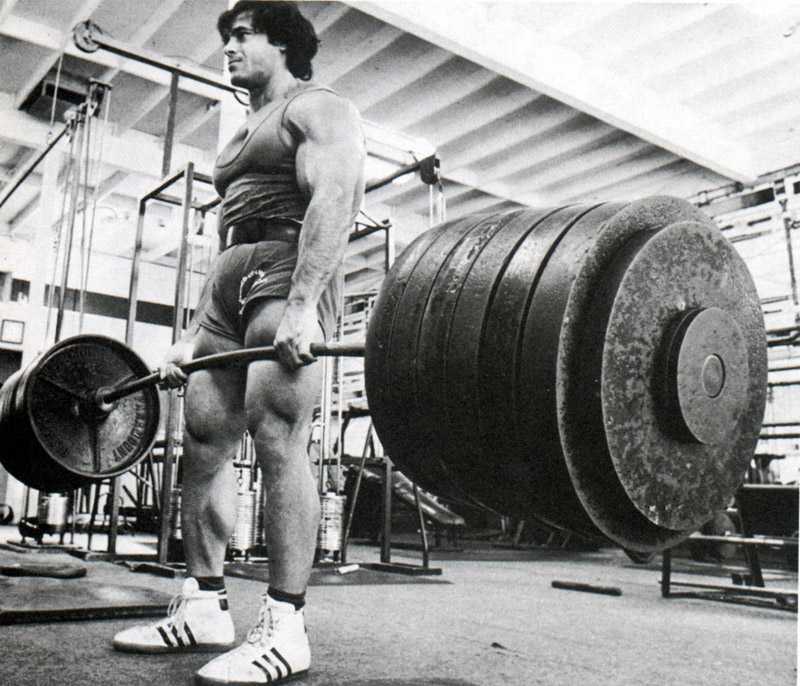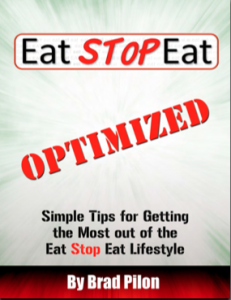
Every once in a while I feel the need to write a “back to the basics” kind of article–something that will help beginner trainees who may happen to visit this blog for the first time. Let’s talk about the best way to build muscle. Here are some basic tips that you’ll see repeated time and again by coaches and trainers who know their stuff:
*Learn to deadlift. This is probably the all-around best mass building exercise there is. Lifting something off the floor trains muscles literally from the feet all the way up to the neck: calves, thighs, back, etc.
*Build your routine around basic, compound lifts: deadlift, squat, front squat, bench press, military press, dips, etc. The most important key to building muscle is getting stronger in these exercises. Isolation exercises like curls are OK, but your foundation of size and strength will be built upon the basic lifts I’ve mentioned. You’ll find that most bodybuilders (especially the old-school guys) were incredibly strong.
*Stick with the 5-8 rep range. You can experiment with higher reps once you have a little more training experience and learn the proper form. But I believe beginners will do better starting off with only 5-8 reps per set. You’ll still be learning proper form if you are new to training and you are more likely to get injured if you try to go with higher reps.
*Eat a nutrient dense diet with adequate calories. You hear people talking about “eat big to get big.” But going overboard on calories is a good way to get fat. Just shoot for a slight calorie deficit (something over 15 calories per lb. of body weight per day).
There is an exception to this rule: if you are really skinny and/or young (a teenager) you may have to go really high on calories. Some teenagers have really fast metabolisms and may have to eat a lot more in order to gain muscle. Just keep in mind you probably won’t be able to eat this way the rest of your life.
Around .75 to 1 gram of protein per lb. of body weight will be enough to gain muscle (some will claim you need a lot more, but the evidence just isn’t there). Go with quality protein sources like eggs, milk, chicken, fish, etc.
I’ll mention something else here. I’m a big believer in intermittent fasting for losing fat and staying lean. But I would not advise it for those trying to put on their first 15-20 lb of muscle. It makes a lot more sense to eat at least 3-4 meals a day if you are really going to focus on gaining weight.
*Go minimalist with your supplements. Creatine monohydrate, protein powder, a multivitamin, and fish oil–that’s it (I’ve explained this in Supplements That Work–check out the link on the top of this for more info). Don’t waste time and money trying to find the latest “breakthrough” supplement–that’s a good way to go broke with no muscle to show for it. Focus instead on your training and nutrition.
*Train 3-4 times a week. A new trainee should do fine with three to four sessions of about 45 minutes to one hour a week. That’s enough time to do a simple routine with two or three of these before-mentioned basic exercises. You can experiment with longer, higher volume training sessions once you become a more advanced lifter. But beginners should keep things simple and short.
Conclusion
These are a few of the basic steps for building muscle. The specifics may vary, but most solid programs will include these steps.

